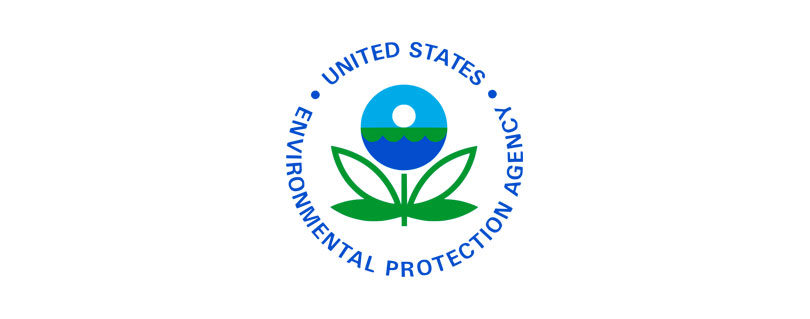Dyno Nobel, Inc. resolves chemical emergency release notification violations at Cheyenne, Wyo. facility
Publilshed by the U.S. Environmental Protection Agency (EPA)
CHEYENNE — The U.S. Environmental Protection Agency (EPA) today announced an Emergency Planning and Community Right-to-Know Act (EPCRA) settlement with Dyno Nobel, Inc., resolving alleged violations at the company’s ammonium nitrate production facility in Cheyenne, Wyo. Under the terms of a Consent Agreement and Final Order filed in November, the company has paid a $20,352 penalty to address EPA’s allegations that it failed to comply with requirements to notify the local emergency planning committee about past hazardous chemical releases at their facility at 8305 Otto Road.
“Facilities that store hazardous materials like anhydrous ammonia have an obligation to follow regulations designed to protect our communities and environment from potentially catastrophic consequences of accidents,” said Suzanne Bohan, director of EPA Region 8’s Enforcement and Compliance Assurance Division. “Failure to comply with the law puts first responders and members of the surrounding community in harm’s way.”
EPA conducted an inspection at the facility and found the company failed to submit required written notifications of anhydrous ammonia releases to the Laramie County Emergency Management Agency on two separate occasions, in violation of EPCRA requirements. Although Dyno Nobel, Inc. did provide immediate notification to the local agency about the occurrence of each of these events, as required by EPCRA, the company failed to provide the required written follow up notifications to specify any actions taken to address and contain a release and specifically identify any known or anticipated health risks associated with the release.
Dyno Nobel, Inc.’s Cheyenne facility is subject to EPCRA chemical emergency release notification regulations because it produces and stores anhydrous ammonia, which qualifies as an “extremely hazardous substance” under EPCRA. Facilities subject to EPCRA are required to report the details of releases to the environment that exceed specified reporting quantities to state and local emergency response agencies. For ammonia, the reportable quantity is 100 pounds.
The Emergency Planning and Community Right-to-Know Act establishes requirements for federal, state and local governments, Indian tribes, and industry regarding emergency planning and “Community Right-to-Know” reporting on hazardous and toxic chemicals. Failure to comply with these requirements prevents emergency responders from preparing for, and safely responding to, emergencies at facilities where chemical hazards may exist. These and additional Community Right-to-Know provisions help increase public’s knowledge and access to information on chemicals at individual facilities, their uses, and releases into the environment.
This case is part of EPA’s National Compliance Initiative to reduce risks from chemical accidents, and it addresses compliance within an industrial sector—chemical manufacturing — that can pose serious risks from such accidents.
Read more about EPCRA and hazardous chemical emergency release notification requirements.
Read the full article at: https://www.epa.gov/newsreleases/dyno-nobel-inc-resolves-chemical-emergency-release-notification-violations-cheyenne



